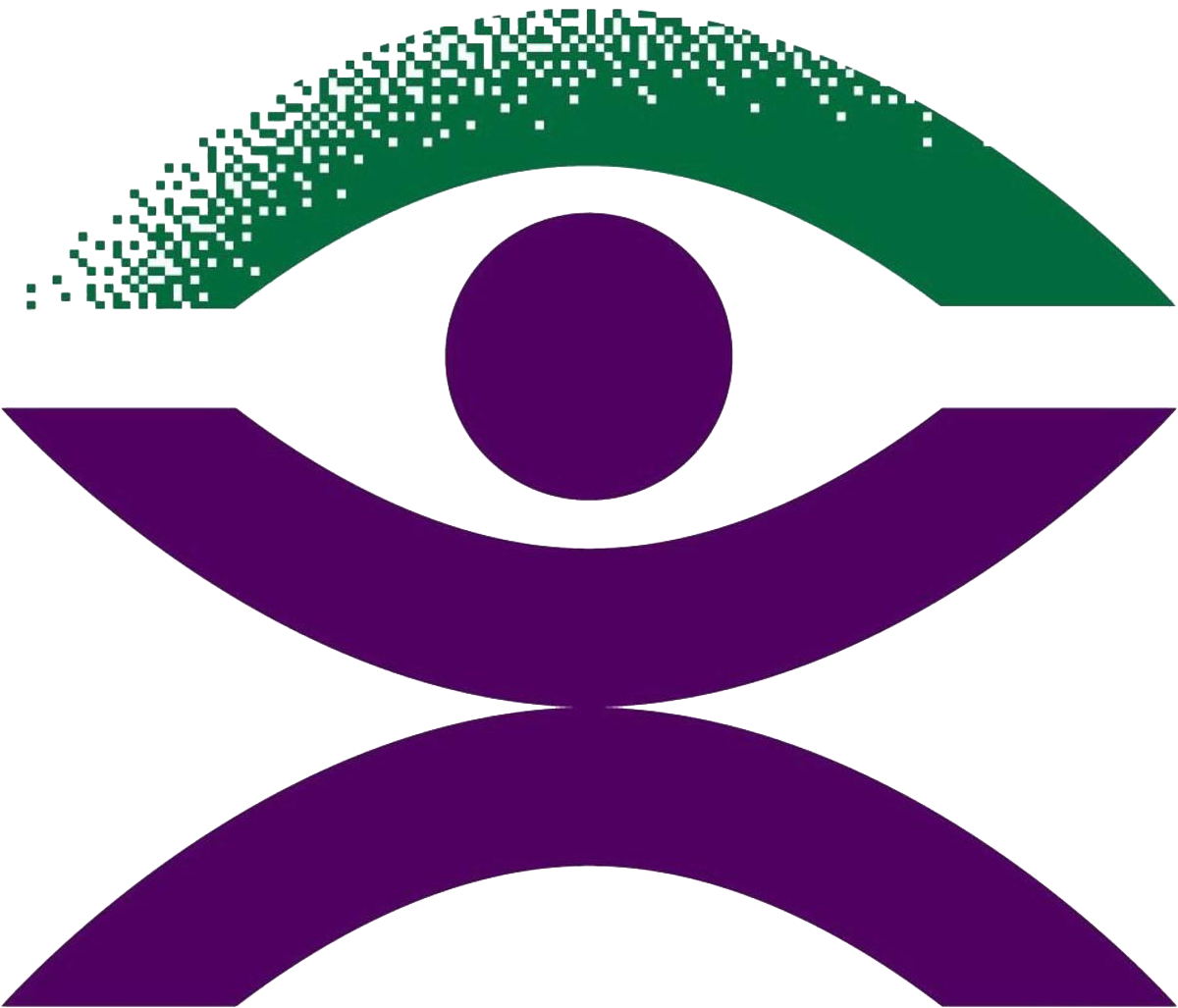by Fiona Woods
These are my personal reflections on this topic, with information gleaned from podcasts and conversations with other women. Although we can all name many wonderful women who have played a role in BCA, very little evidence of their work remains. I found pride and inspiration in the recording of a pilot radio program made by Diana Braun and myself in 1996, called “Women: The Same, Only Different”. Female readers, please, record your lives or speak to the women you know and write down their thoughts and experiences. The wisdom and peer support I have received from these women is the essence of BCA for me.
In 1975, International Women’s Year, I started in grade 5 at a private girls’ school in Melbourne – one of the first students to be integrated in primary school. At that time, most people strove to be normal. Having a disability was not normal. To avoid being seen as a charity case, the imperative was to fit in as much as possible by adapting to meet society’s expectations. It was essential to always dress and act appropriately. Fashion rules were rigid, such as what colours could be worn together, or which outfits were required for particular occasions. God help you if your bra strap or petticoat was visible or your socks didn’t match. Any sign of blood meant mortification. As a young blind woman, I should accept help whenever it was offered, listen respectfully, mostly to men, and not be too strident about my needs. Employers and strangers could ask anything they wanted to know about marital status or disability. Most people were grateful for the services blindness agencies offered and had little say in what that was. Self-expression or complaining was a brave choice and was viewed with suspicion.
Like many young blind women, I was eager to be perceived as attractive. I relied on others to help me learn to use make-up and to choose my clothes. Whatever information was available about sex or contraception was difficult to obtain, because you had to call the braille library to ask for it. Cassette mailers bore the name of their title externally. I awoke to feminism when I started university. It challenged my beliefs about myself and my future. It taught us that women could do everything that men could do, with little worth placed on traditional roles. Feminism did not make allowances, and it certainly did not address the concerns of women with disability.
BCA’s first committee included Phyllis Gration AM as Treasurer. BCA’s third President, from 1986 to 1990, was Joan Ledermann. While some women held leadership roles, others were busy typing up and recording minutes, providing meals and hosting billets and taking care of children and households while policies were debated and written. Although often devalued because they were seen as women’s work, these roles were essential to the development and success of BCA. For me and others, these women were an inspirational source of peer support.
During the 1980s, some BCA members felt that women’s issues, such as healthcare, abuse, and lack of opportunity, were not being adequately addressed by our national organisation. Drawing on the example of New Zealand, a conference was held in Sydney in the early 1990s. Following this, BCA established the National Women’s (Special Interest) Branch (NWB). BCA council, staff and the NWB worked together on issues such as accessible labelling on contraceptive pills and information about breast screening and domestic violence. Parenting became a regular topic of discussions and articles, including a compilation of experiences in the NWB’s book “Kids are Fun for Everyone”. NWB held informative and capacity building events and workshops at each convention, often struggling to have these timetabled favourably, and with the aim of making them safe spaces for feminine-identifying people. Scholarships and workshops were organised to mentor young women leaders. NWB has consistently reported on its many activities in BC News and Member Updates. Its Diana Braun Aspirations Award is given to a woman who contributes to her community and displays leadership and strength of character. BCA has thrived under the leadership of women, but on our board and NPC women are currently in the minority. We must never be complacent about female participation in our organisation. It enriches all of us.
There have been some changes for women who are blind or vision impaired in the last 50 years. Women can now theoretically receive the same education as men and more of them enter university. I could not find gender-specific data about the unacceptably high rate of unemployment for people who are blind or vision impaired. Access to specialised blindness services has increased in some ways through the internet, but only 37% of NDIS participants are female. Their lower participation impacts women’s access to technology and many other supports. While we now understand the concept of intersectionality, there is no doubt that these improvements are not enjoyed universally or equitably.
I wonder about a blind schoolgirl in 2025. Does she feel that she belongs? Does she know that there is no ‘normal’? Does she have blind female role models excelling in many fields? Does she feel that she can be whoever she is, with blindness as significant a part of her identity as she chooses? If our girl grows up and becomes a mother, will it be treated as miraculous that she can care for her child, and will her children be congratulated on taking such good care of her? Will she have the psychological support to thrive as a woman with a disability in a world that is not designed by or for her?
I hope she finds her community in BCA.
Things have changed for women since 1975, but for women who are blind or vision impaired, I suspect they have not changed as much as they have for other women. Let’s hope the schoolgirls of 2025 don’t feel the same in 50 years’ time.

